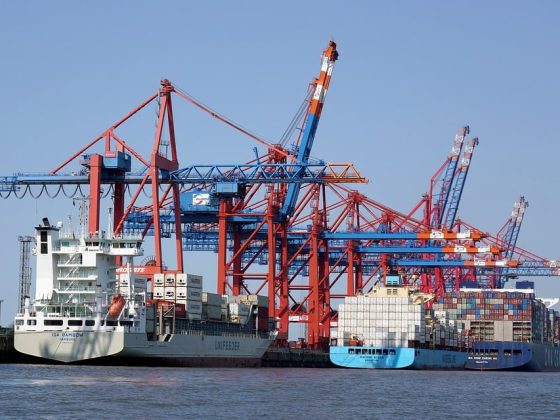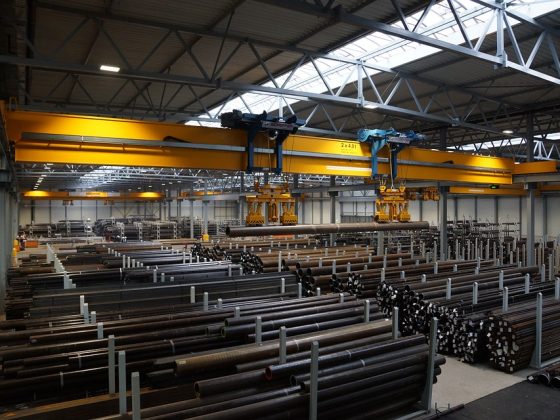In today's fast-paced global economy, supply chain disruptions have become a common challenge for businesses across industries. From natural disasters to geopolitical events, there are several factors that can disrupt the flow of goods and services, causing delays, increased costs, and lost revenues. However, with the right strategies and technologies in place, businesses can not only overcome these disruptions but also identify opportunities for growth and innovation.
Challenges of Supply Chain Disruptions
One of the key challenges of supply chain disruptions is the impact on production and delivery timelines. When a disruption occurs, businesses may face delays in receiving raw materials or parts, leading to production bottlenecks and shortages. This can result in lost sales and damage to reputation, as customers may turn to competitors who can fulfill their orders faster.
Another challenge is the increased costs associated with supply chain disruptions. When businesses are forced to expedite shipments or find alternative suppliers, they may incur higher transportation and production costs. This can eat into profit margins and make it harder for businesses to remain competitive in the market.
Moreover, supply chain disruptions can also affect inventory management and lead to excess stock or shortages. Businesses that rely on a just-in-time inventory system may struggle to meet customer demand when disruptions occur, while those with excess inventory may face storage costs and obsolescence.
Opportunities for Businesses
Despite the challenges posed by supply chain disruptions, there are also opportunities for businesses to improve their operations and gain a competitive edge. By investing in resilient supply chains and adopting new technologies, businesses can not only mitigate the impact of disruptions but also enhance their efficiency and performance.
One opportunity for businesses is to diversify their supplier base and build relationships with multiple vendors. By working with a network of suppliers, businesses can reduce their reliance on a single source and have backup options in case of disruptions. This can help businesses secure access to critical materials and components, even when one supplier is facing challenges.
Another opportunity is to invest in digital technologies such as artificial intelligence and blockchain to improve visibility and traceability in the supply chain. These technologies can help businesses track the movement of goods and identify potential disruptions in real time, enabling them to take proactive measures to mitigate risks. Additionally, digital technologies can help businesses automate manual processes and improve communication with suppliers, reducing the likelihood of errors and delays.
FAQs
Q: What are some common causes of supply chain disruptions?
A: Supply chain disruptions can be caused by a variety of factors, including natural disasters such as hurricanes and earthquakes, geopolitical events such as trade wars and sanctions, and internal issues such as labor strikes and supplier bankruptcies.
Q: How can businesses prepare for supply chain disruptions?
A: Businesses can prepare for supply chain disruptions by conducting risk assessments, diversifying their supplier base, investing in new technologies, and developing contingency plans. By identifying potential risks and taking proactive measures to mitigate them, businesses can minimize the impact of disruptions on their operations.
Q: What are some best practices for managing supply chain disruptions?
A: Some best practices for managing supply chain disruptions include building strong relationships with suppliers, investing in digital technologies, monitoring key performance indicators, and developing a crisis response plan. By staying proactive and agile in the face of disruptions, businesses can navigate challenges more effectively and maintain continuity in their operations.
In conclusion, supply chain disruptions are a common challenge for businesses in today's global economy, but with the right strategies and technologies in place, businesses can not only overcome these disruptions but also identify opportunities for growth and innovation. By diversifying their supplier base, investing in digital technologies, and developing contingency plans, businesses can improve their resilience and competitiveness in the market. Ultimately, the ability to navigate supply chain disruptions effectively can be a key differentiator for businesses looking to succeed in a rapidly changing business environment.











